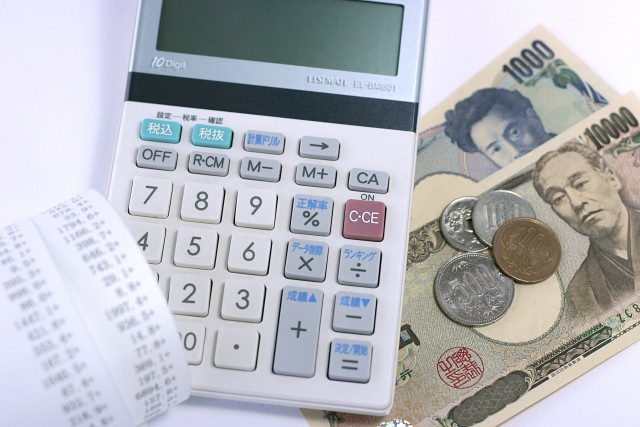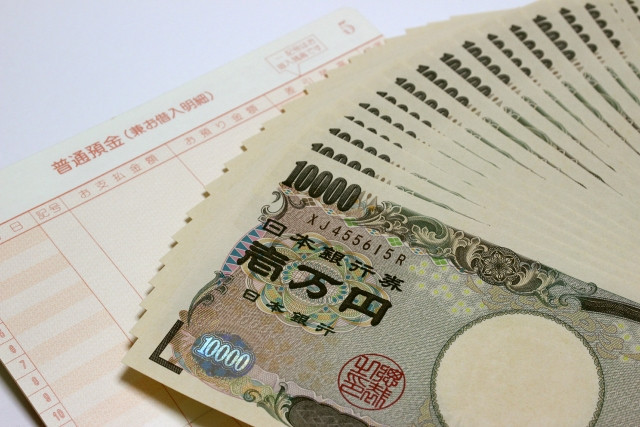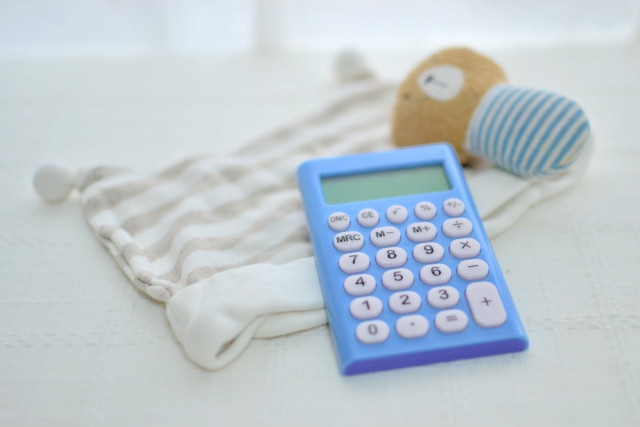For people who want to go to other countries, they can compare the cost of living between their country and their destination. We compared the cost of living in Japan and the Philippines to give readers an idea how two neighboring Asian countries fare based on one economic statistical measure.
Table of Contents
What is Cost of living?
Cost of living is a phrase used as an economic indicator of the standard of living in any city or nation as measured by prices of essential daily items, such as housing, food, utilities, medicine, transportation, recreation and entertainment. Other items listed within the cost of living are prices of basic utilities, which include water, electricity, internet, cooking gas, as well as personal amenities, such as personal care and entertainment.
A comparison of the cost of living indices between Japan and the Philippines according to the 2019 WorldData, based on rough estimations of the average indices of a common set of goods, shows that Japan is obviously more expensive than the Philippines. Japan ranks number 15th while the Philippines is 62nd place among the 99 countries listed.
※ WordData, "Comparison of worldwide cost of living"
In a 2019 listing of cities and their comparative levels of cost of living standards including accommodation or rental costs, the capital city of Japan, Tokyo, ranks No. 2 whereas Manila, Philippines is at No. 109 out of over 200 cities listed.
※ Mercer ASEAN, "Cost of Living ranking"
Writer's Pick
Japan vs. Philippines

Japan ranks quite high in the analogy of the cost of living along with a few other developed countries in Asia. While the cost of living index may not be the final determinant for measuring the ultimate quality of living in any place or the happiness level of the people in any nation, it is a way of objectively measuring economic or financial opportunities for those living in those places. In a way, the figures are tell-tale signs which people seeking better opportunities across national borders may utilize to make decisions concerning seeking job opportunities or planning to relocate or, in some cases, finding a future partner in life.
Climate and Tourism

Nevertheless, in spite of the apparent discrepancy in their corresponding costs of living, there are many other factors that can be used to say that Japan and the Philippines are different, on the one hand, and similar, on the other. For one, while Japan has a temperate climate characterized by four different seasons of the year, the Philippines has a tropical climate split into dry and wet periods but perpetually and essentially shifting from warm to hot throughout the year. As a result, tourists and investors often visit Japan for its unique scenery, history, and culture that can take them on a virtual trip centuries back to the past; not to mention, for Japan’s technological wonders and much-sought-after quality-consumer products. On the other hand, people visit the Philippines for its beaches to experience a tropical escapade while shooting the breeze on cruises between emerald islands or, perhaps, playing golf in the many courses dotting the archipelago.
There are so many reasons for any foreigner who is not familiar or has never been to either country in Asia to spend a short visit or to stay longer, whether to work or settle down.
There is
-
the food (Japan has its own popular dishes known worldwide, like sushi and ramen, while the Filipino adobo is becoming popular in top western restos)
-
the hospitality of the people (this seems to be of equal measure on both sides) although it may look different
-
the availability of household help (which is much cheaper in the Philippines) and
-
the access to good quality education (Japan definitely has more top-ranking universities in the world, although the Philippines has its share of excellent world-class schools in major cities).
One thing is for sure: living in the Philippines is much more affordable than living in Japan, from food to housing to transportation, but Japan has more to offer in terms of the quality of facilities.
Costs of basic items that contribute to cost of living

To provide a simple, easy-to-grasp illustration of how Japan and the Philippines compare in terms of cost of living, here is a quick summary:
-
Staying for a month in the Philippines may cost you about $250 USD (or around 25,000 yen) for a one-bedroom apartment, while in Japan, it may average about $800 (about 80,000 yen) for the same period, especially in large cities.
-
For the average transportation prices, a monthly commuter’s pass averages $9.51 in the Philippines while in Japan, it is roughly 10 times the price at $92.
-
A meal at an affordable restaurant will cost approximately $10-15 per person in Japan, while in the Philippines will cost around $3. Cooking at home and grocery shopping in Japan, you may spend about $400 per month while it is a little bit expensive if you buy groceries at the malls in the Philippines, costing around $500 monthly.
To give more specific examples, a BigMac burger at McDonald's costs $3 in the Philippines while it's $4 in Japan. A grande Caffè Americano at Starbucks in Japan is almost $1 difference only from the Philippines. The monthly broadband charge is much cheaper in Japan; by comparison of a 50MBPS DSL internet connection data plan, it costs $36 in Japan while $50 per month in the Philippines.
※ Cost of Living Reports, "Cost of Living in Japan" ※ Cost of Living Reports, "Cost of Living in Philippines"
Things to consider

Urban and Rural area differences
Another factor to consider is the location one desires to live in: in the big city, the suburb or the inaka or probinsiya (countryside). Living in the latter will definitely lower one’s cost of living to as much as 50% or even more in many cases, if one can be as Spartan as one can possibly can, where anyone can easily plant a garden, raise animals and catch fish almost all year-round outside the cities of Japan and the Philippines. But even if you don’t do all that, it is still significantly cheaper to live in the countryside.
Foreigners who seriously consider visiting both countries can opt to either visit for a short-term or long-term period, including a permanent residency. In 2019, Filipinos made up 9.8% of the foreigners in Japan, numbering to be around 277,000 of the more than 2.8 million foreign residents. Meanwhile in the Philippines, the result of a 2010 census rounded the foreign nationals to be around 177,000.
※ Ministry of Justice, “Number of foreign residents in Japan” ※ Philippine Statistics Authority, “Foreign Citizens in the Philippines”
The choice is always yours
The choice may depend, of course, on certain conditions, the major factors being the kind of job an individual will have, the person’s status (married or single, with children or not) and one’s primary purpose, that is, whether to simply tour the place, to study, find a job, invest in business, do research or find a spouse). In all of those, one will have to apply and qualify for the appropriate type of visa.
Finding and keeping a job may be a challenge in the beginning, especially in the Philippines where competition is high, and employment opportunities are few, as borne by the fact that millions of Filipinos seek jobs overseas, unlike the Japanese who generally travel abroad either to establish businesses or serve as consultants abroad. But if one has done his or her homework before moving to either place, one will find that all it takes is patience, endurance, and a lot of tolerance for other people’s beliefs and customs. Remember, one will have to learn the language of the place to a certain degree – or fully, eventually.
Summary

Both countries have their pros and cons, but in the end, the choice always trickled to the preference and capability of people. Knowing and understanding the cost of living in both countries allows one to properly plan a future not only for themselves but also for their family and future foundations. In the same line of mind, globalization allows foreign nationals to slowly build international communities in other nations, much like the growing Filipino communities in Japan.
In the end, you can either cheer Gambare (Go for it!) or Mabuhay (Long Live!) depending on where you will truly live a full and happy life on these two enchanting Asian archipelagos.

































